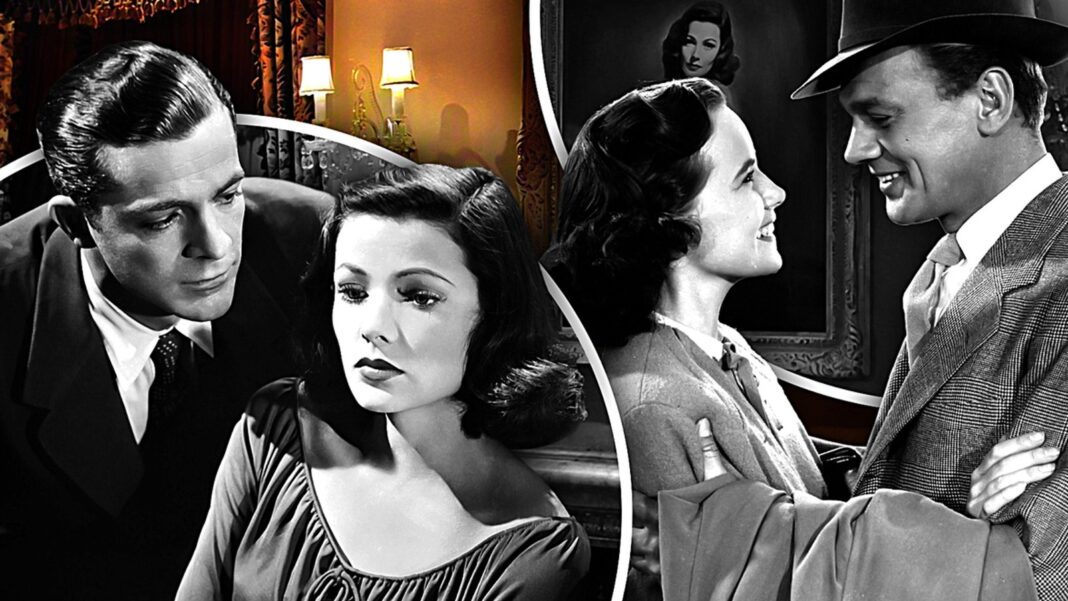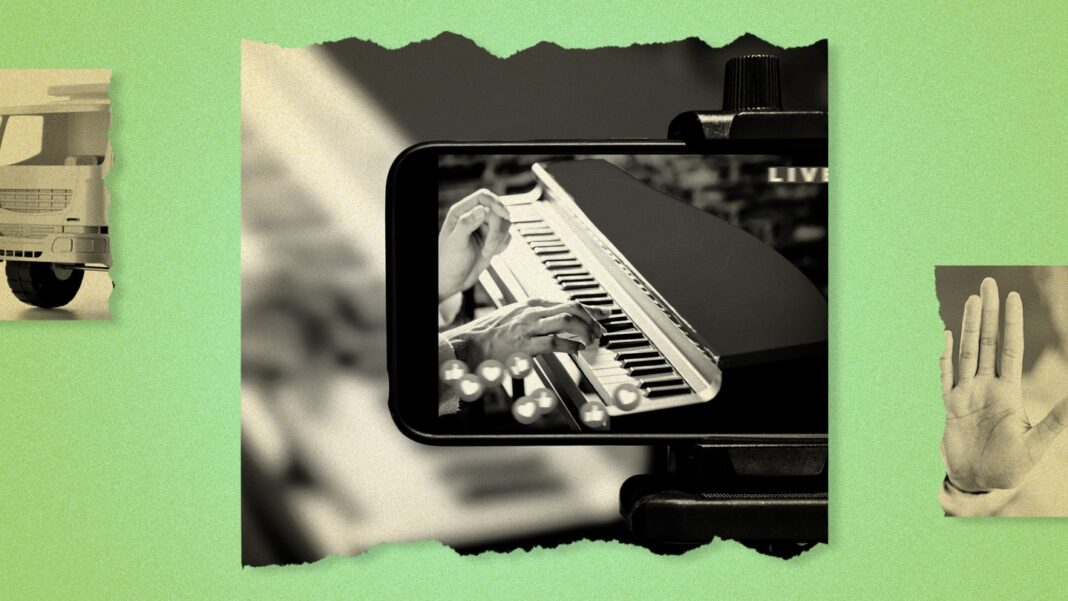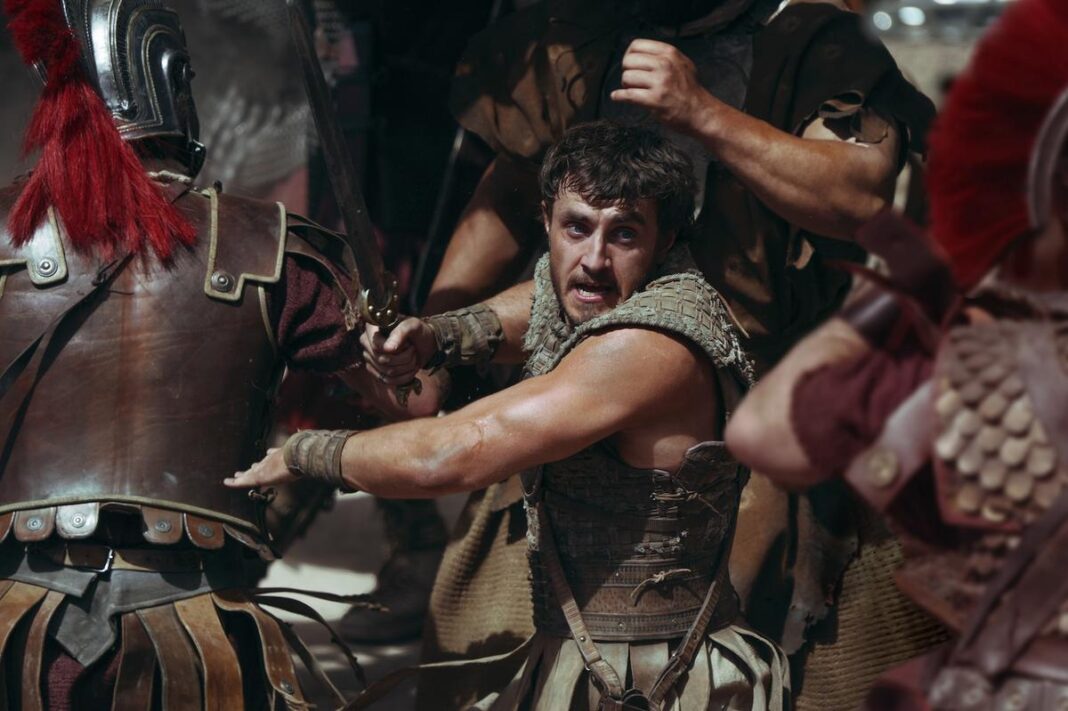These transgressive qualities were right at home in the noir genre, where the underbelly of the world was often exposed for all to see. While Rotten Tomatoes sometimes doesn’t seem to account for older print reviews, it appears that in this case, both of its top-rated noir movies were well-received upon release. Writing for the Evening Star in 1944, Jay Carmody praised the film’s writing, setting, and casting, noting particularly that “Mr. [Clifton] Webb is one of the slickest performers the movies have laid their hands on in seasons, a thing that Broadway would have been glad to tell the movies years ago.” The New York Times’ review of the film, meanwhile, called Tierney a disappointment, but praised the movie’s “sustained suspense, good acting and caustically brittle dialogue.”
Alfred Hitchcock had already made a name for himself by the time “Shadow of a Doubt” hit the scene in 1943, and while several modern critics have called the film his first masterpiece, initial reviews spoke positively about “Rebecca” and “Suspicion,” indicating that Hitch was already a director to watch. (1940’s “Rebecca” marked the only time a Hitchcock movie won Best Picture at the Oscars, although he never won the trophy for Best Director.) A review of “Shadow of a Doubt” from The Evening Standard began by noting that “an Alfred Hitchcock picture is something of an event,” while The Sydney Morning Herald’s review at the time called the director a “master of suspense drama,” applauding the film’s ending as a “glorious piece of cynicism.” Variety’s review concluded that “Hitchcock deftly etches his small-town characters and homey surroundings,” while The New York Times, which otherwise enjoyed the movie, said that its ending was anticlimactic, and the film’s “moral is either anti-social or, at best, obscure.” At least two of these early reviews, interestingly, lightly accuse Hitchcock of cribbing some ideas from Orson Welles.
As always, there’s a complexity behind the Rotten Tomatoes scores for both “Laura” and “Shadow of a Doubt,” but both are undeniably great. Both films received Oscar nods (five for “Laura,” one for “Shadow of a Doubt”), and both have been added to the National Film Registry at the Library of Congress. Hitchcock himself called “Shadow of a Doubt” his favorite of his own films. But are these two really the best of a genre that also includes such wide-ranging classics as “Sunset Boulevard,” “The Maltese Falcon,” “Double Indemnity,” and “The Third Man”? It’s tough to say, but if you’re looking to dip your toes into noir, you can’t go wrong with either option, and both are likely to leave you hungry for more stylish, complex 20th century thrills. Luckily, fantastic noir films aren’t in short supply.


